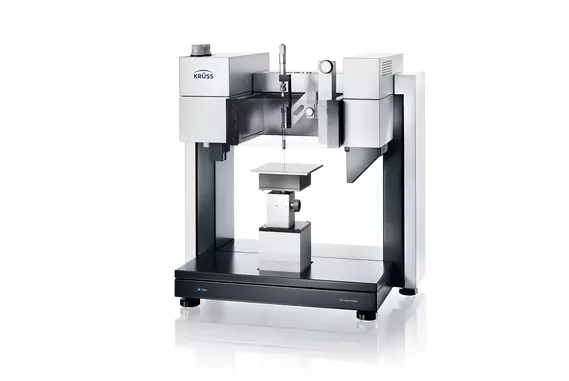Overview
The Basic configuration of the DSA100 Drop Shape Analyzer is a precision instrument designed for the manual measurement of static contact angles, combining robust DSA100 system capabilities with technical advantages. Ideal for examining the effectiveness of cleaning processes, ensuring coating quality, and optimizing wetting procedures, its simplicity in exchanging samples and dosing liquids makes it a valuable tool in your surface analysis arsenal. Expand its application range with optional high-temperature measurement accessories and various upgrade paths.
Key Applications
- Wettability analysis for a variety of materials including plastics, glass, ceramics, wood, paper, and metals.
- Evaluation of hydrophobic and other coating effectiveness.
- Surface cleanliness assessment.
- Temperature-controlled wetting behavior study.
Advanced Measurement Techniques
- Contact angle measurement for both drops on solids and bubbles under solids in liquids.
- Analysis of drop roll-off behavior and dynamic contact angles on tilted surfaces.
- Surface tension evaluation using perfectly symmetrical drops.
- Dewetting behavior characterization through recently receded contact angles.
Why Choose DSA100B?
DSA100B sets the standard in manual precision dosing, featuring a high-resolution camera and quality zoom lens for clear drop visualization. With its robust protective housing, the instrument minimizes vibration interference and simplifies viewing angle adjustments, eliminating the need for tedious sample height tracking. Beyond its core capabilities, the DSA100B offers a myriad of accessories and software-driven liquid dosing upgrade options for enhanced usability and thorough surface free energy calculations.

